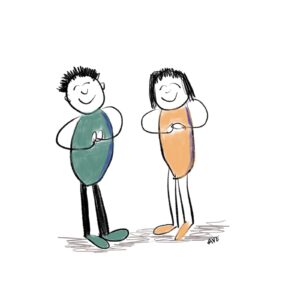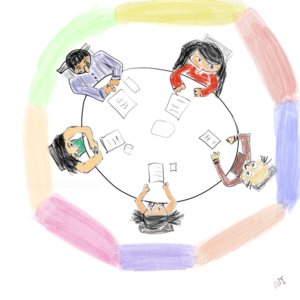
We have seen a lot of name calling and division these days. Family members, co-workers and neighbors are not speaking with one another based on diverse political views and other perspectives. It is often hard to understand how someone can see things so differently from us. We believe we are seeing so clearly and others must have blinders on.
We are receiving different information on our social media feeds and we are watching different news sources and most often conferring with like-minded people who concur with us.
Unconscious implicit bias affects all of us. We are primed to see “us” and “them.” We discern in an instant whether someone is one of us or one of them. This happens before conscious thought. Our body releases hormones that prime us to trust and listen to those who are a part of us. It’s easier to feel compassion for one of us. We experience fundamental attribution error where we attribute negative motives to others’ behavior while we tend to be positive toward ourselves when exhibiting the same behavior. We think of us as multidimensional and complex and we think of them as one-dimensional.
Where do we go from here? Ideally, we begin to look for common ground, treat each other with respect, engage in dialogue and create systems and a future that works for all of us. Rather than be closed, we need to shift to taking an open stance. We need to adopt an open mindset and open heart where we commit to being curious, engaging in wonder as well as being compassionate and kind.
Valeri Kaur, author of See No Stranger, suggests that as you see people who are different, say to yourself, “Sister,” “Brother,” “Aunt” or “Uncle.” Recognize that each person is facing challenges and desires similar things. Essentially, we can train our minds to emphasize kindness and expand our inner circles. Not only do we support more connection with others, this practice supports our wellbeing.
We can each take actions to make life better for all and we can begin with expanding our own awareness and commitment to being open rather than closed.



 Our upbringing and experiences influence how we see the world, our mindset and how we behave. We each interpret things in a different way. When someone challenges our perspective we easily become defensive and argue for why our view is correct.
Our upbringing and experiences influence how we see the world, our mindset and how we behave. We each interpret things in a different way. When someone challenges our perspective we easily become defensive and argue for why our view is correct.